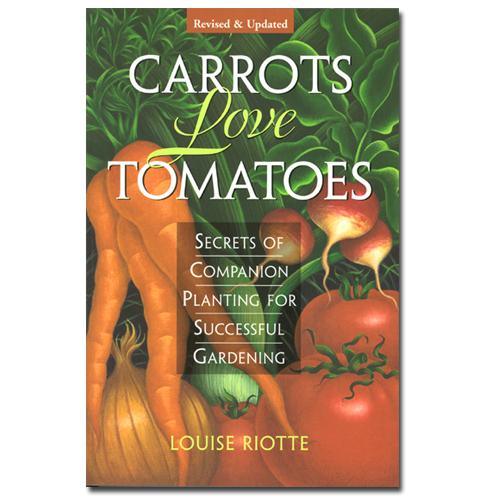Effective garden planning can help you break disease cycles, maximize space, and enjoy continuous harvests. Learn how to plan your garden wisely!
Benefits of Garden Planning
Planning your garden offers several rewards, including:
- Breaking disease cycles with proper crop rotation.
- Ensuring continuous harvests through succession planting.
- Maximizing space with vertical trellises and strategic layouts.
- Promoting healthy plant growth with companion planting.
Tips for Succession Planting
Succession planting helps you get the most out of your garden beds:
- Group crops with similar growing seasons, like tomatoes and peppers, so you can harvest and replant quickly.
- Stagger plantings of fast-growing crops like lettuce every two weeks for a continuous supply.
Crop Rotation to Prevent Diseases
Avoid planting crops from the same family in the same spot year after year. For example:
- Nightshade family (tomatoes, potatoes, peppers, and eggplants) should only be planted in the same spot once every three years.
- Allium family (onions, leeks, garlic) also benefits from rotation to reduce soil-borne pests and diseases.
Make the Most of Your Space
Use garden space wisely by implementing these strategies:
- Use trellises to grow sprawling crops like melons and squash vertically.
- Plant perennial vegetables like rhubarb or grapes along the garden borders to avoid disturbing them during annual plantings.
Companion Planting for Healthier Growth
Certain plants grow better together! For instance:
- Tomatoes and carrots make excellent companions.
- Roses and garlic are another beneficial pairing.
For more companion planting ideas, check out the book Carrots Love Tomatoes.
Natural & Organic Fertilizers
Plan ahead to enjoy a productive and healthy garden. Grow organic for life!



